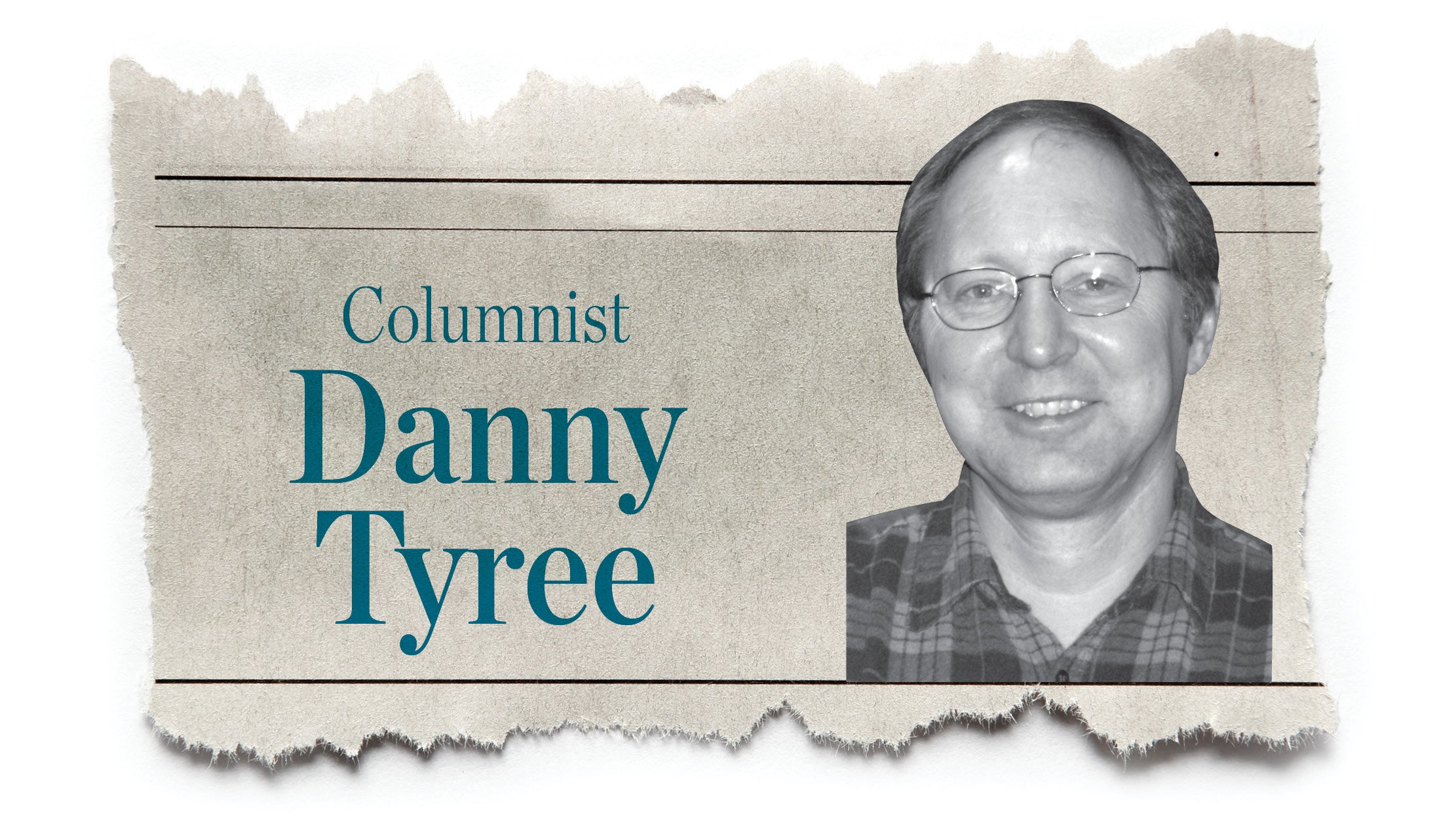Coronavirus decisions
Published 6:14 am Friday, March 27, 2020
No one could have prevented the novel coronavirus from coming to America.
This article is a review of decisions made, choices taken, choices passed, and a summary of where we are in defeating what the president has coined, “the invisible enemy.”
First, while the virus has China as its origin, the coronavirus is not a Chinese plot to destroy America. Coronavirus is just a reflection of living in a world where a threat to humanity can happen more easily than any of us expected. The unfortunate unique aspects of the coronavirus are that it transmits easily and lingers for up to 15 days on surfaces. The spread of the virus was unstoppable.
But mistakes were made, mistakes that could have made America’s coronavirus exposure significantly different. When the virus was ravaging China, U.S. intel agencies were giving reports to the Trump administration. As early as January of this year, the administration was told that the coronavirus could not be prevented from spreading, possibly around the globe. The administration took little or no immediate action at a time when a pro-active posture could have changed so much.
Had we used the then-available World Health Organization (WHO) test kits in January at our borders, airports and ports, we could have not only isolated those found to have the virus, but traced their contacts to isolate those who could later infect others. Iceland has used this approach and, as a result, their infection curve is far less steep than our own.
But it was not only the decision to buy the WHO test kits that changed our possible response to the coronavirus. The Centers for Disease Control (CDC) developed a test kit as it would normally do for a threat as urgent as corona, but the test was flawed. It did not work. Time was lost.
Here in the U.S., lacking any form of national health care, the historical process was the CDC would produce the test kit then turn the mass production over to for-profit firms to manufacture. When the kit failed critical time was lost. Coronavirus was spreading, undetected, in the U.S.
We had another moment then in early February, when private firms and research hospitals wanted to develop test kits, but FDA regulations made it impossible for them to do so in a timely way. It was not until Feb. 28 that the FDA withdrew the regulations and freed resources to develop test kits. By then, we were so far behind the identification and isolation curve that the spread of the coronavirus was inevitable. It was, in farm terms, closing the gate after the cows got out.
The administration made mistakes. In an attempt to calm the public, the administration downplayed the crisis that was silently happening across the nation. The infection was spreading with no ability to identify and isolate. It was the greatest mistake, and today it remains true that we are critically short of test kits, so short that many hospitals cannot use the test kits on patients because the few kits they have are needed to test healthcare workers.
We cannot stop the spike of coronavirus cases until we can identify those infected. When the administration argues most people do not need to be tested, it is simply not true. Nations that have had success reducing corona cases have tested significant portions of the population.
The administration made other mistakes that have contributed to the spread of the virus. While our national reserve supply of medical equipment was already small, the government failed to take leadership over supplying the healthcare system with masks, gloves, gowns, respirators, and ventilators. As a result, states are not competing to locate and buy desperately needed supplies, at prices that rise daily. This remains a crisis today.
The result of all these choices and mistakes, is that the number of cases is going to continue to rise for weeks. The one crisis we needed to avoid, our national shortage of Intensive care beds, will now be a factor in the weeks and months ahead.
Our best hope, and our strongest response to date, is the power of everyday Americans to isolate themselves, to make masks by hand until the supply is ample, to risk infection by feeding those in need, and to rush into the aid of those infected at the risk of infection.
The crisis is far from over, but we will beat this challenge too. We will lose some loved ones, we will suffer. But, ultimately, we will triumph. We will do whatever it takes.
Jim Crawford is a retired educator, political enthusiast and award-winning columnist living here in the Tri-State.





